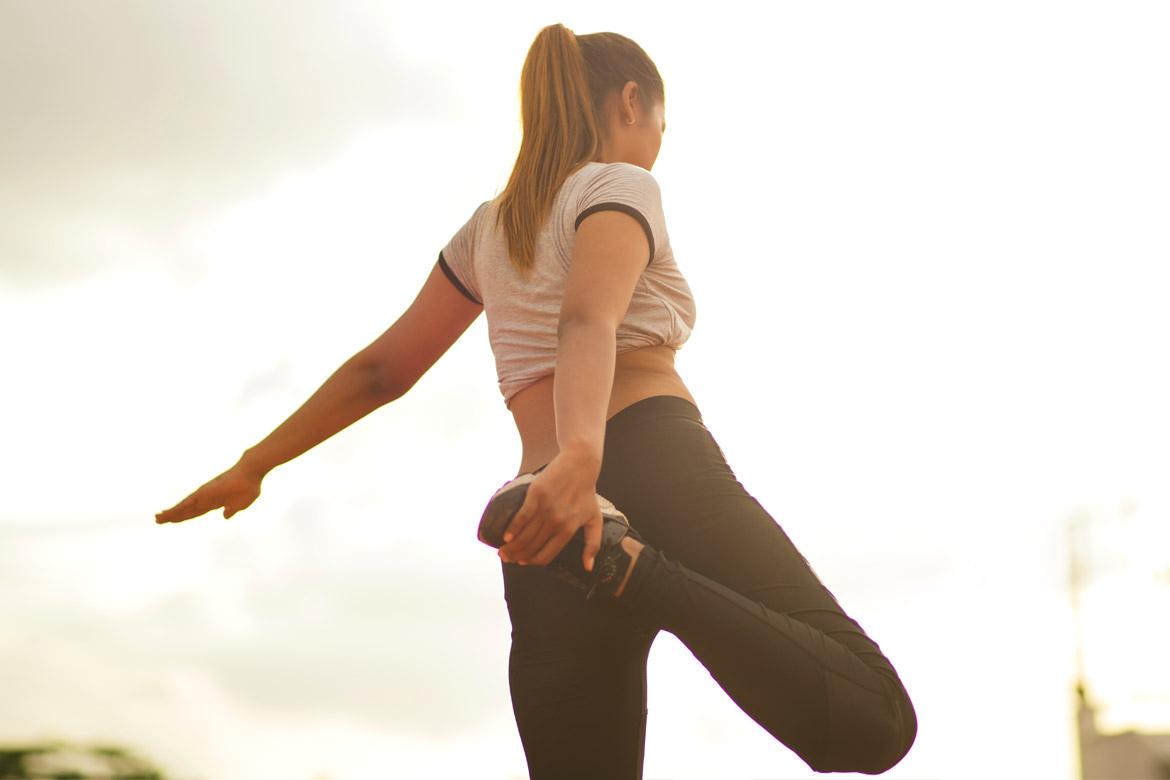
Tendonitis
What is tendonitis?
Tendonitis is an inflammatory disease of the tendons.
Tendons are tough but flexible bands of fibrous tissue that connect the muscles to the bones. If a tendon becomes inflamed and swollen, it will be irritated by the action of the muscles and cause pain during movement.
Types of tendonitis
Tendon inflammation can occur in any tendon in the body, especially in the ankle (Achilles or posterior tibia tendon), wrist, kneecap, elbow or shoulder.
Here are the most common types of tendonitis:
- Achilles tendonitis – Common in runners. It is often caused by overuse of the tendon that connects the calf muscles to the heel bone.
- Peroneal tendonitis – Inflammation of the peroneal tendons that are located in the foot, which may be occur due to acute injury or repetitive overuse.
- Patellar tendonitis (also known as jumper's knee) – This refers to the inflammation of the patellar tendon, which connects the kneecap (patella) to the shinbone (tibia).
- Posterior tibial tendonitis – This condition affects the tendon that connects the back of the shinbone to the bones of your foot. If left untreated, it can lead to flatfoot.
- Rotator cuff tendonitis – This affects the tendons that help move the shoulder joint. It can result from engaging in activities that involve repetitive lifting of the arm over your head. It can also occur when you keep your shoulder in one position for a long period, or when you frequently sleep on your shoulder at night.
- Tennis elbow – This tendon inflammation causes pain around the outside of the elbow. It is often a result of overuse of the forearm muscles and tendons.
- Wrist tendonitis – The inflammation of one or more tendons in the wrist due to small tears from sudden or repetitive injury.
What are the symptoms of tendonitis?
All forms of tendonitis cause pain, swelling and tenderness in the area of the affected tendon. The onset may be rapid, such as with a sports injury.
In addition, there are specific symptoms associated with different types of tendonitis:
Achilles tendonitis
- Pain and swelling at the back of the heel
- Heel tenderness
- Heel pain
Peroneal tendonitis
- Pain at the back of your ankle
- Pain that worsens during activity and lessens during rest
- Pain when rotating the foot
- Swelling at the back of the ankle
- Unstable ankle when carrying objects
Patellar tendonitis (jumper’s knee)
- Pain and tenderness around the knee (patellar tendon)
- Pain when jumping, running, walking, bending or straightening the leg
- Swelling
Posterior tibia tendonitis
- Pain on your foot
- Pain and swelling on the inner side of the ankle, near the Achilles tendon
- Difficulty in pointing toes inward
- The inability to stand on tiptoes
- Tendon swelling
Rotator cuff tendonitis
- Pain in the shoulder
Tennis elbow
- Pain on the outside of the elbow
Wrist tendonitis
- Pain and swelling at the wrist
- Stiffness or warmth in the wrist
What causes tendonitis?
Tendonitis is usually caused by an injury, such as a sports injury or an overuse injury when running. Other causes include:
- Reactive arthritis (formerly called Reiter’s syndrome) – This condition is triggered by an infection in another part of the body like the intestines, genitals or urinary tract. It results in joint pain and swelling. Reactive arthritis typically affects the knees and the joints of the ankles and feet, which may cause tendonitis.
- Rheumatoid arthritis – This autoimmune and inflammatory disease attacks the immune system and healthy cells in the body by mistake. This can cause inflammation in certain parts of the body, specifically the joints, and may cause tendonitis.
What are the risk factors for tendonitis?
Factors that increase a person's risk of developing tendonitis include:
Age
If you are middle-aged (40 – 60 years), you are more likely to develop tendon problems. This is because your tendons are less elastic than that in a younger person and are more likely to become injured.
Occupation
If your job requires repetitive movements, forceful exertion and inconvenient positions, you are at a higher risk of developing tendonitis.
Hobbies
If you are active in sports that require repetitive motions (such as running, tennis, golf, baseball, basketball, bowling, and swimming), you may increase your risk of developing tendonitis.
Use proper techniques when engaging in such sports to avoid developing tendonitis.
What are the complications and related diseases of tendonitis?
Tendonitis symptoms usually improve with consistent treatment. However, there is still a risk of developing complications.
If left untreated, tendonitis can lead to more serious conditions such as:
- Tendinosis – Degeneration of the tendon's collagen due to chronic overuse
- Contractures – A condition where the tendon or tendon sheath stiffens and has limited flexibility and joint movement
- Scarring or adhesions
- Formation of nodules
- Tendon rupture – If left untreated, tendon inflammation can lead to rupture, a partial or complete tear of the tendon.
This page has been reviewed by our medical content reviewers.
Need help?
For enquiries, please call
+65 6250 0000 (Orchard) or +65 6898 6898 (Novena)
For appointment bookings, please WhatsApp
+65 8111 7777 (Orchard) or +65 8111 5777 (Novena)
 Brain & Spine Care
Brain & Spine Care


